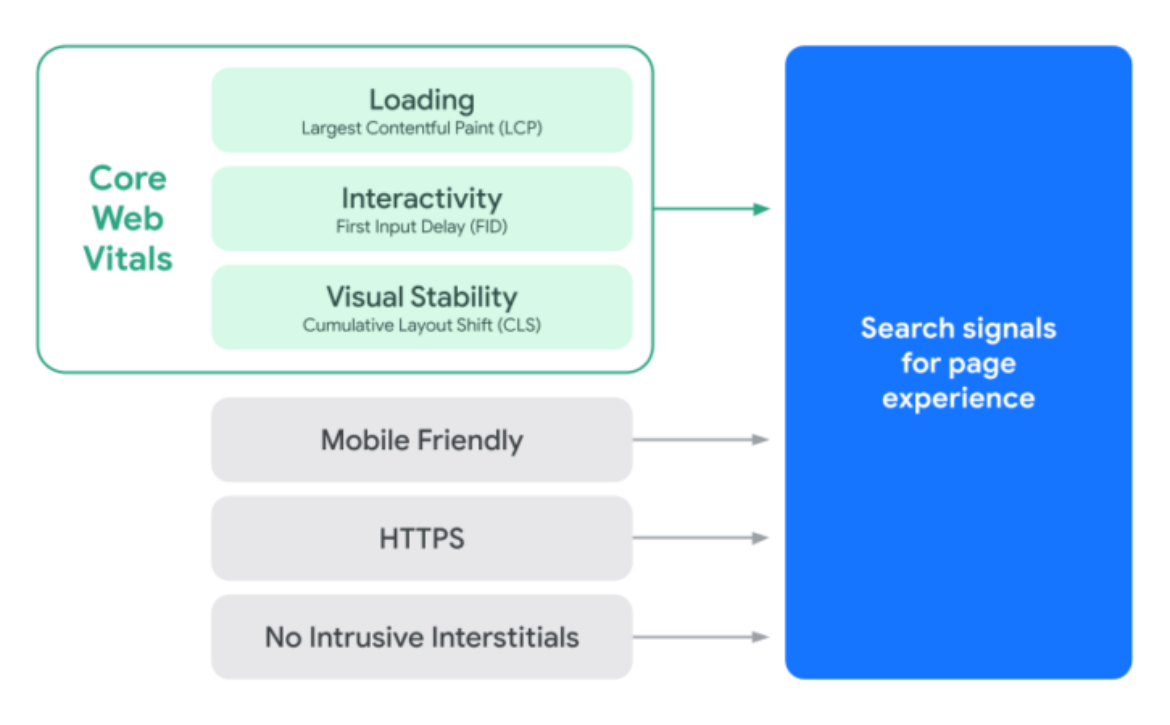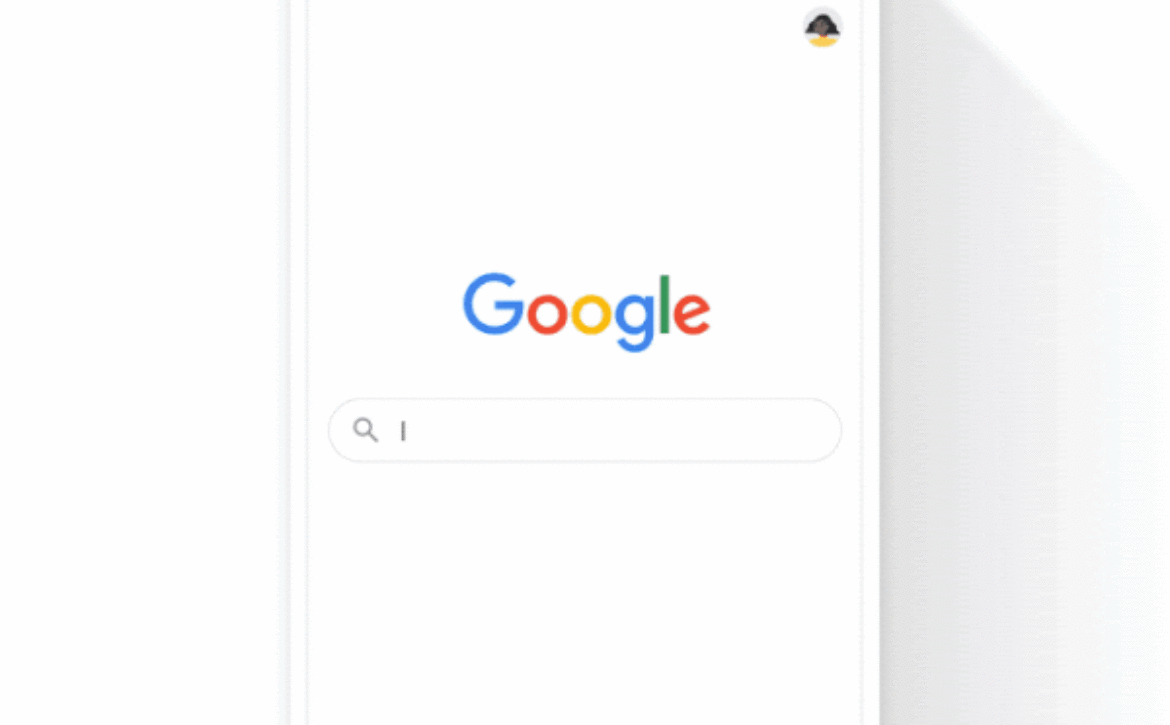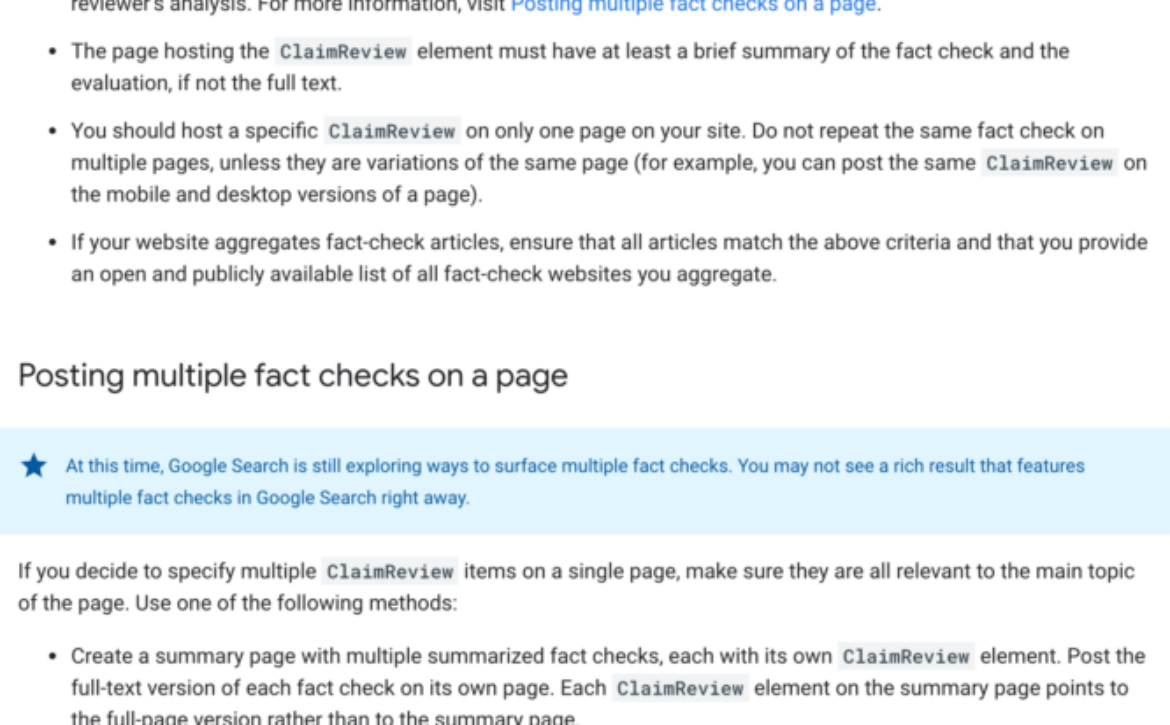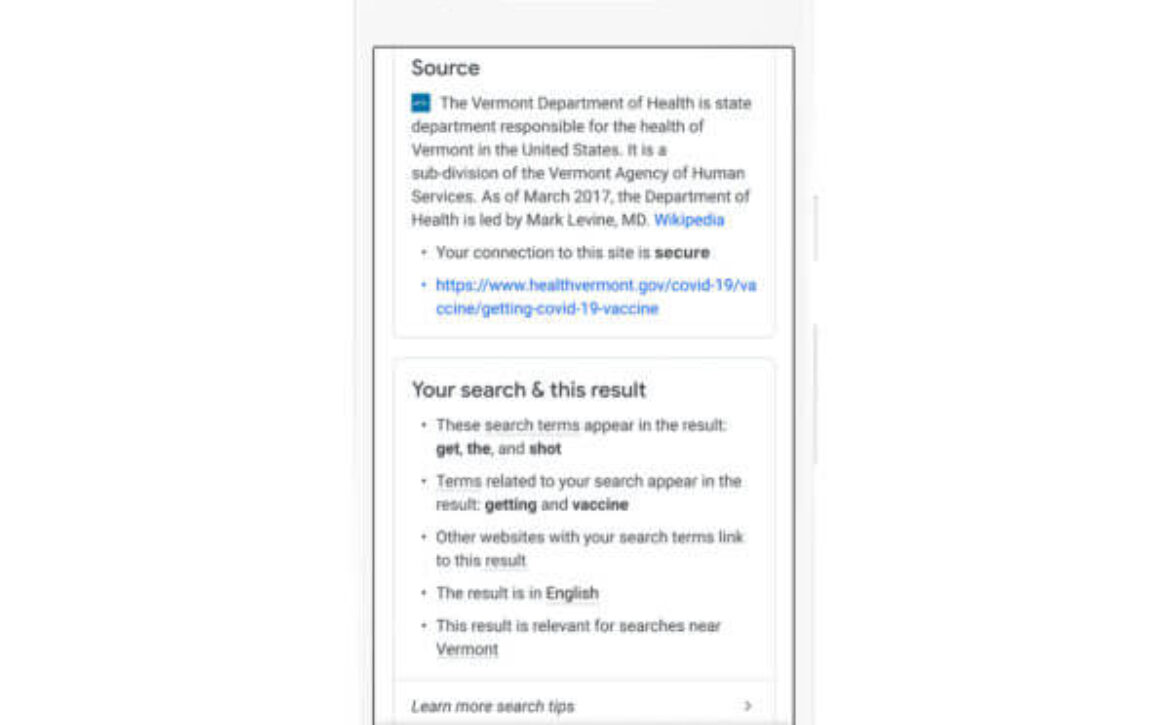Is Google adjusting the FLoC strategy?; Friday’s daily brief
Search Engine Land’s daily brief features daily insights, news, tips, and essential bits of wisdom for today’s search marketer. If you would like to read this before the rest of the internet does, sign up here to get it delivered to your inbox daily.
Good morning, Marketers, and do you set it and forget it?
I saw one of those viral, hustle-culture tweets the other day that made me do a double-take. I won’t link to the original, but someone wrote that YouTube/Google SEO is one of the best set it and forget it businesses. “Once you set them up they are completely passive,” wrote the OP.
As an SEO, my first reaction was, “Sure, Jan.” But I think so many businesses believe that SEO is one and done. If I’ve heard it once, I’ve heard it a thousand times: “Can you just SEO it for us?” And while you can set up the foundations of solid SEO for a website, it’s not something that’s ever “done.”
The same is absolutely true for PPC, too, of course. It’s especially critical to always be monitoring and adjusting in paid search as the platforms are adjusting toward automating processes and away from sharing data.
The tweet bothered me half because I know better and half because I know there may be some followers who don’t. I’ve got no great solution here except that we just have to keep evangelizing our craft and educating our clients and stakeholders as best we can!
Carolyn Lyden,
Director of Search Content
Is FLoC switching from cohorts to topics?
With the rollout of FLoC delayed until 2023, there may be indication that Google is adjusting how the privacy-focused ad-targeting system may work.
“A lead engineer helping guide Google’s Privacy Sandbox development has revealed signs of what may be next for the firm’s most advanced cookieless ad targeting method. The potential update of the Federated Learning of Cohorts targeting technique detailed at a recent engineering research event would involve assigning topic categories to websites and people rather than assigning opaque numerical cohort IDs to them,” wrote Kate Kaye with Digiday.
This may be a response to evidence that the previous method of FLoC (which did not pass muster with GDPR) might enable fingerprinting, which means bad actors could still track individuals — something FLoC is expressly created to prohibit. “Topics have a number of advantages over cohorts. Users can see what’s being said about them and understand it,” said Josh Karlin, a tech lead manager of Google’s Privacy Sandbox team in its Chrome browser division at an Internet Engineering Task Force meeting.
“We are always exploring options for how to make the Privacy Sandbox proposals more private while still supporting the free and open web. Nothing has been decided yet,” a Google spokesperson told Search Engine Land.
Why we care. While Google is buying itself more time (testing for the latest version of FLoC ended July 13 and it’s taking feedback from the advertiser community into consideration too), this pivot could potentially be better for everyone involved. “Adopting a topic-based approach could give advertisers, ad-tech firms, website publishers and people a clearer understanding of how ads are targeted through the technique,” said Kaye.
The SEO Periodic Table: HTML success factors
These elements encompass the HTML tags you should use to send clues to search engines about your content and enable that content to render quickly. Are you describing movie showtimes? Do you have ratings and reviews on your e-commerce pages? What’s the headline of the article you’ve published? In every case, there’s a way to communicate this with HTML.
Search engines look for familiar formatting elements like Titles (Tt) and Headings (Hd) to determine what your page’s content is about, figuring that these cues to human readers will work just as well for them. But search engines also utilize particular fields like Schema (Sc) markup and Meta Descriptions (Ds) as clues to the meaning and purpose of the page.
As Google has removed the AMP requirement, we’ve gotten rid of that element and added two new ones: Image ALT (ALT) and Content Shift (CLS). ALT text for images improves accessibility and image SEO. Screen readers use ALT text to help those with visual disabilities understand the images on the page. ALT text for images can also help with image search — surfacing your site in image search results. Content Shift (CLS) focuses on the elements of visual stability.
Cumulative Layout Shift, which is part of the Core Web Vitals and overall page experience update, refers to unexpected changes in a page’s layout as it loads — it’s annoying for users at a minimum and can cause real damage depending on the severity of the shift and content of the page.
Read more about the HTML success factors or download the whole SEO Periodic Table.
Search Shorts: Get more GMB photos, remote working SEOs and automation advice
Google My Business ‘Photo Updates’: A new way to get customer pics. Another solid local SEO piece by one of our faves, Claire Carlile. “It is now possible to add a photo update without leaving a review if you click… on ‘Add a photo update.’”
Remote forever? Kelvin Newman asked his SEO and digital marketing Twitter followers if they were back in the office yet. Over 60% said no (with 19% saying they’d always been remote). Many replies and QTs expect that trend to stay for a while.
“Definitely don’t do this.” That’s what Kenny Hyder said in response to a Google Ads tweet about Smart Bidding. Just another case of ads automation vs. ads consultant.
What We’re Reading: Reddit’s new round of funding will go toward driving new users and expanding advertiser options
Reddit announced that it raised $140 million in venture capital which increased the company’s valuation from $6 billion to $10 billion. While initially not planned, the fresh capital gives Reddit more time to figure out how to IPO eventually.
“The company makes most of its money selling advertising, which appears in the feeds of users who browse the many ‘subreddits,’ or topic-focused forums, across the site,” said Mike Issac for The New York Times. But this also means “Reddit must compete against digital advertising giants like Google, Facebook and Amazon, as well as other ad-based social networking sites, including Twitter, Snap and Pinterest.”
But the company has been steadily improving its metrics, according to the NYT article:
- Reddit surpassed $100 million in revenue in a single quarter for the first time this year, up 192 percent over the same period in 2020.
- More than 50 million people now visit Reddit daily.
- The site has more than 100,000 active subreddits.
The company has also been working on moderating subs recently, as well, including banning ‘The_Donald’ and other subreddits that degraded into forums of hate speech and violent conspiracy theories. Many of the other major players competing in the space (Facebook, Twitter) have been trying to do the same.
So what’s next for the cash? The latest round of money means that the forum/social media platform can figure out new ways to garner more users and continue to build its business, especially internationally. Plus they plan to explore more options for video ads and opening their system up to be easier for small businesses looking to take advantage of the niche and targeted advertising.
The post Is Google adjusting the FLoC strategy?; Friday’s daily brief appeared first on Search Engine Land.











